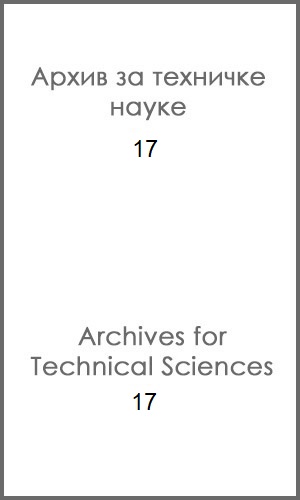LEAD (Pb) CONCENTRATIONS IN SOIL OF TUZLA'S URBAN AREA
DOI:
https://doi.org/10.7251/afts.2017.0917.027SAbstract
The paper presents the results of the geochemical-pedological researches based on the lead
concentrations in soil of the Tuzla's urban area. The main goal of the research was to determine to what
extent, the urban area of Tuzla was contaminated by lead and to determine the pollutant origin. The 129
soil samples were collected in situ on the of area about 100 km2. The testing of the lead concentration in
soil samples was performed by mass spectrometry (ICP-MS) with detection range of 0.02 to 10.000
ppm. The exceeding of the maximum permissible concentrations of lead (as defined by the „Pravilnik o
utvrđivanju dozvoljenih količina štetnih i opasnih tvari u zemljištu i metode njihovog ispitivanja“), was
recorded in eight soil samples (samples 108, 170, 171, 182, 187, 189, 195 and 244), 6.20% of the total
analyzed. The exceeded lead concentrations range from 114.0 - 190.82 ppm and the average value is
146.72 ppm. The concentration of lead in the soil, which is within the limits of the doses, ranges from
14.14 to 60.74 ppm, and the mean value is 33.68 ppm. Locations of elevated lead concentrations are
closely related to the main road, resulting that the contamination is the result of the anthropogenic
activities.

